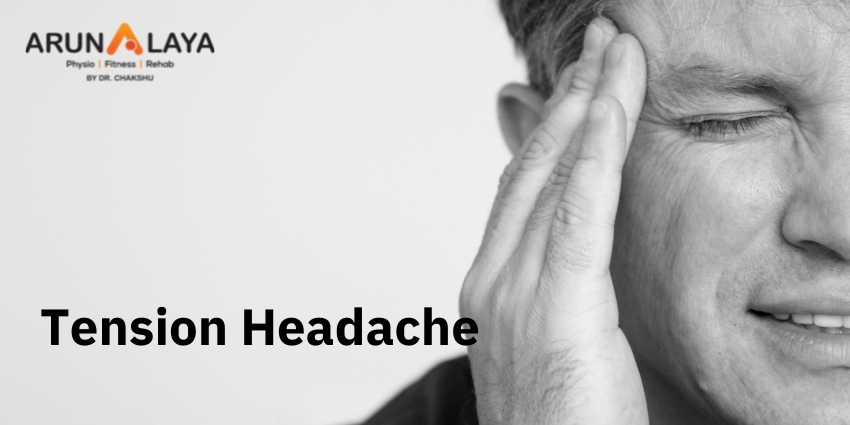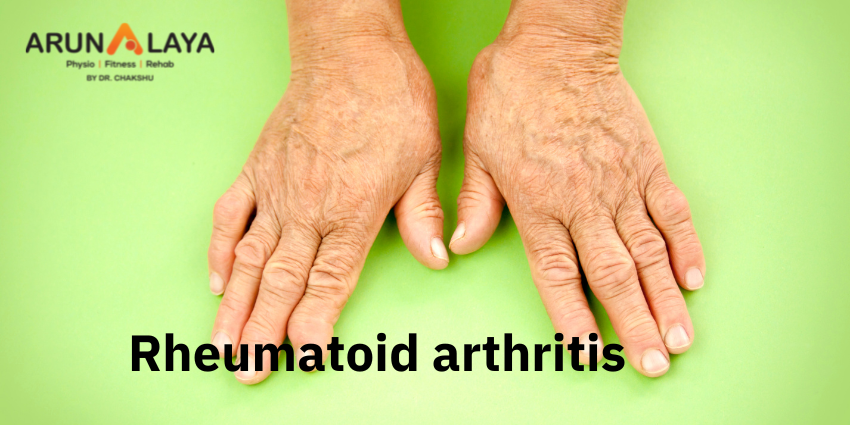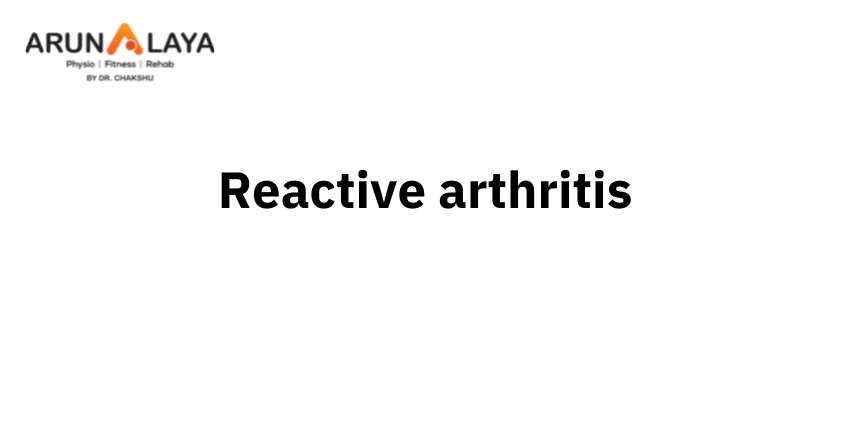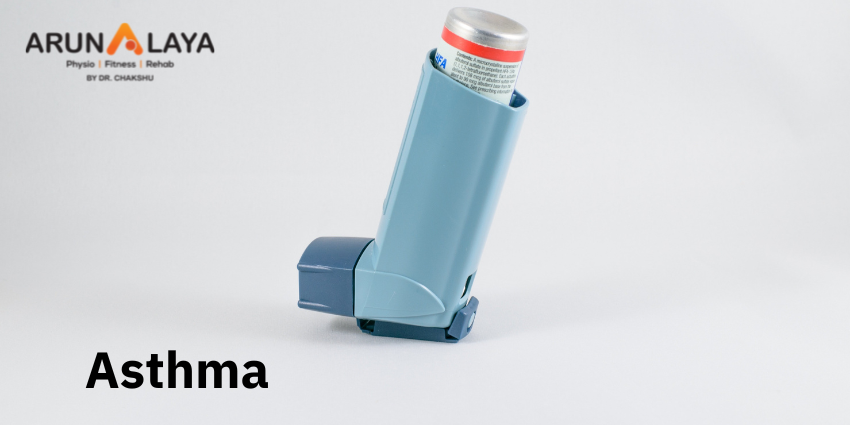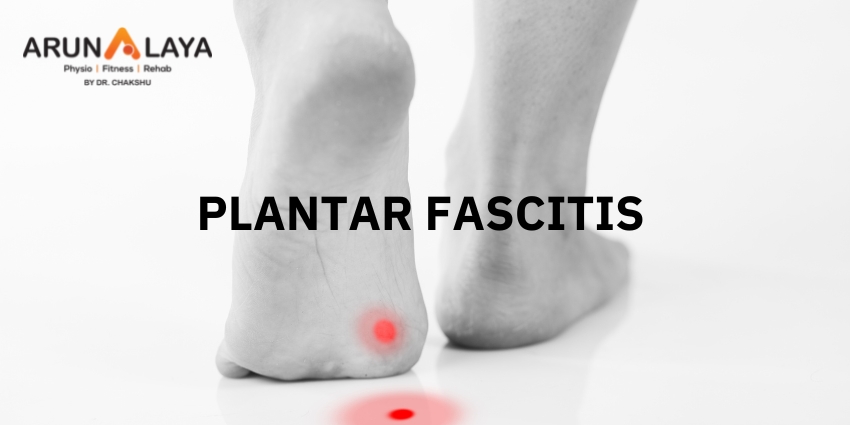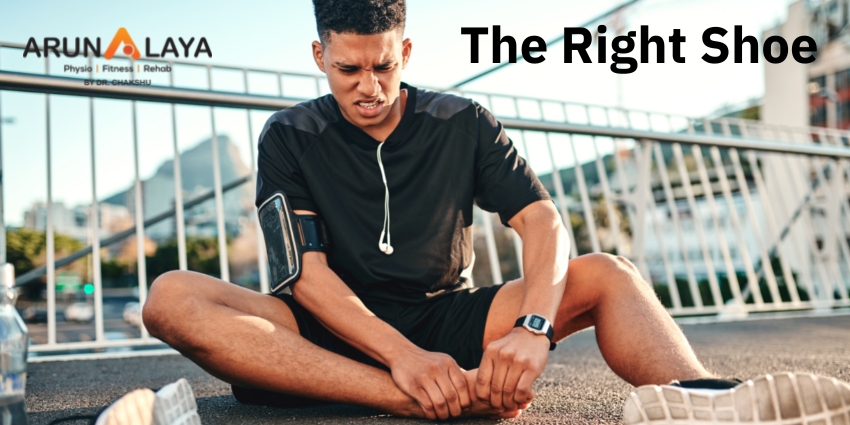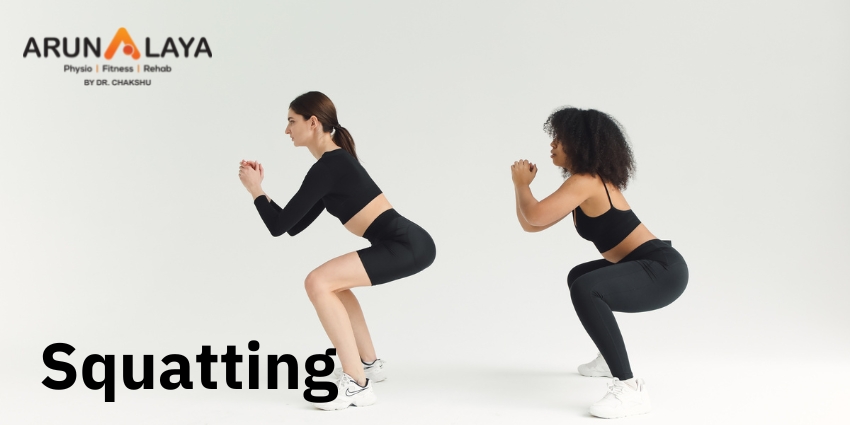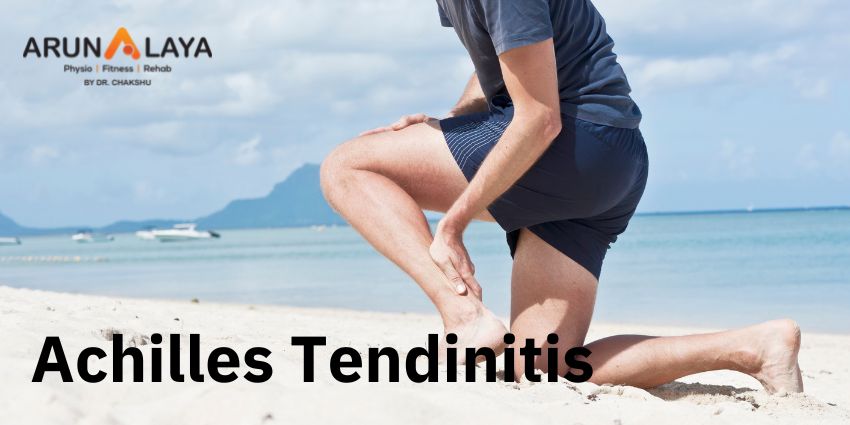Ergonomics is defined as information about human behaviour, abilities and limitations and other characteristics to the design of tools, machines, tasks, jobs and environments for productive, safe, comfortable and effective human use. Ergonomic assessments (workstation assessments), helps to make the workstation ergonomically designed so as to minimise the risk of injury and maximise output and productivity.
It also helps to minimize the effort and increase comfort and efficiency to work in case of an injured patient, people who work from home so as to make their home work environment is safe and ergonomically designed. As per Safety, health and welfare at Work Act 2005, an employer must provide a safe working environment to avoid all work hazards.
Work related upper limb disorders (WRULDs), Repetitive strain injuries (RSI), back and neck pains, muscle strains etc. can be avoided.
Ergonomics is the study of work in relation to the environment in which it is performed(the workplace) and those who perform it(workers).It is a broad science involving the wide variety of working condition that can affect worker’s comfort and health, including factors such as lighting, noise, temperature, workstation design, tool design, machine design, chair design, footwears, job design including factors such as shifts of work, breaks and meal schedules.
Employer as well as the employee, both are benefitted.
Employee – gets healthier and safer working conditions
Employer – increased productivity
Injuries associated with non-application of ergonomic principles proves costly to both workers and employers as ergonomically designed workplace can –
Reduce injury
Increase productivity
Increase morale of employee
Reduce absenteeism
In an ergonomic workplace, tasks and tools are designed to fit individual capabilities so people can do their jobs without being injured and foster highest level of function.
With 8 or more hours spent at the workplace each day, your body can be subjected to harmful repetitive motions and postures throughout the course of your workday.it involves the study of how body and mind can achieve optimal function while carrying out daily tasks within workplace.
Let a supervisor know immediately if you experience –
Pain or aches
Numbness/tingling
Stiffness
Burning
Swelling
Weakness
Fingers turning white and losing sensation
Reasons for workplace injuries –
Repeated use over time of vibrating tools and equipment
Tools and tasks which require twisting hand or joint movements
Applying force in awkward position
Applying excessive pressure
Working with arms outstretched or overhead or with bent back
Lifting or pushing heavy loads
It often develops slowly over period of months or years.
If workers ignore symptoms for too long , you may eventually be unable to perform your current job. They may have to permanently transfer jobs, undergo physiotherapy or even have surgery. In the very worst cases, they may develop such a major and painful disability that they’re unable to work. Without the application of ergonomic principles, workers are often forced to adapt themselves to poor working condition.
Ergonomic chair
It is designed to provide the maximum amount of comfort for the user. The objective is to “fit the workplace to the worker, not the worker to the workplace. Sitting for long periods of time places a great deal of stress on the body when it transfers full weight of upper body to buttocks, thighs and intervertebral discs.
Ergonomic Assessment Tools
These standard tools are used for assessing the ergonomics –
WISHA Lifting Calculator
NIOSH Lifting Equation
Rapid Entire Body Assessment (REBA)
Rapid Upper Limb Assessment (RULA)
Liberty Mutual Manual Material Handling Tables
Washington State Ergonomic and MSD Risk Assessment
The workplace must be comfortable for the employee to minimize the risk of injury and maximize the efficiency of the person. As we are aware that our body has a normal range of motion (ROM), movement within the proper range will help in maintaining optimal body health by providing proper blood circulation and maintaining flexibility while reducing excessive stress.
Good and bad zones
To simplify and avoid strain over the joints we can bifurcate the movement into 4 zones.
Zone 0(Green Zone): Most preferred zone for movements. It puts minimal stress on muscle and joints.
Zone 1(Yellow Zone): This is also comfortable zone to do the movements. It puts lesser stress on muscle and joints.
Zone 2(Red Zone): More extreme position. It puts greater strain on muscle and joints.
Zone 3(Beyond Red Zone): This is the most extreme position. It should be avoided if possible.
In today’s Uber and Swiggy era, most of the work is related to computers or mobiles only. Adding salt in the soup would be some sedentary office schedules. Sometimes there are heavy documents and papers which can lead to manual handling risks. You must have heard “Sitting is the new Smoking”.
Risk and hazards faced by employees
Postural problems
Continuous working over laptops and mobiles are leading to Text necks and Whatsapp thumbs. Moreover maximum people in corporates who are not stretching or aware of ergonomics can be seen with stooped postures.
Duration, Intensity and design of office work
Even the non-computer work which requires continuous and frequent wrist or hand movement can contribute to the risk of injury. Prolonged sitting leads to anterior pelvic tilting which leads to backaches. Overload due to targets and presentations lead to dedicated time in front of laptop even till late nights in awkward postures after an exhausted day in office.
Psychosocial factor
It includes excessive work load, conflicting demands, job insecurities. There are two ways how these factors can impact. Firstly they can have direct impact on mental and physical health and secondly this can contribute to musculoskeletal problems also.
The musculoskeletal system is the load bearing structure. These structures resist the gravitational forces and maintain the shape of the body.
Following structures are at maximum risk of getting strained or degenerated:
Bones
Ligaments and connective tissues
Tendons
Muscles
Intervertebral disc
Nerves
These can be easily avoided if an expert physiotherapist is there in the team to counsel and educate people about the good tensegrity and ergonomics.
Let’s check out your ergonomics in a while !!
Is your computer/laptop monitor screen at eye level?
Yes
No
Is the distance from monitor screen to your eyes is at least 20 inches (50 cm)?
Yes
No
Do you flex your wrist while typing?
Yes
No
Do you slouch in front while typing?
Yes
No
Are your feet flat on the floor with your hips at a 90–120° angle while sitting?
Yes
No
Can you adjust the height and angle of your monitor, keyboard and chair?
Yes
No
Do you stand at regular intervals while you work?
Yes
No

